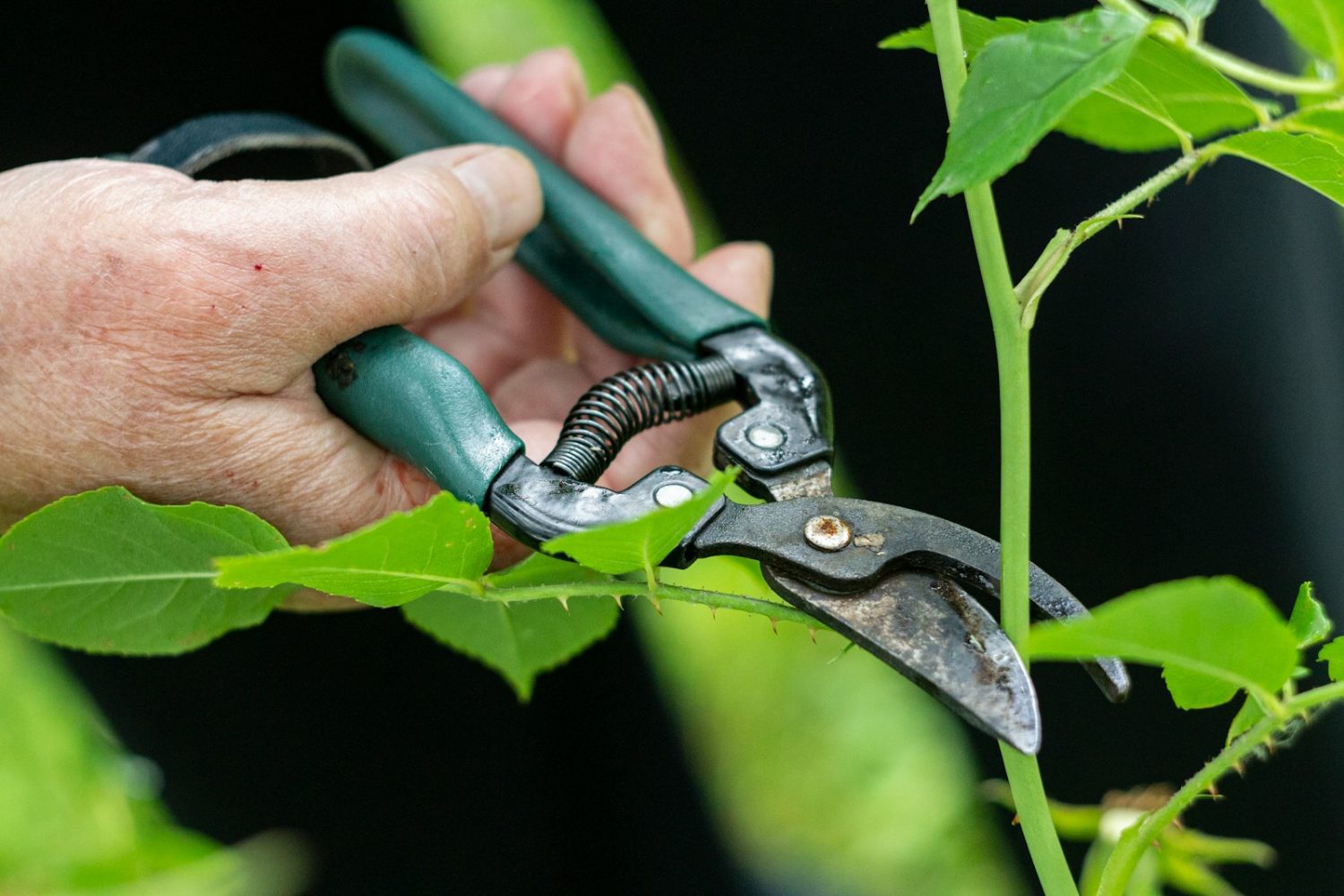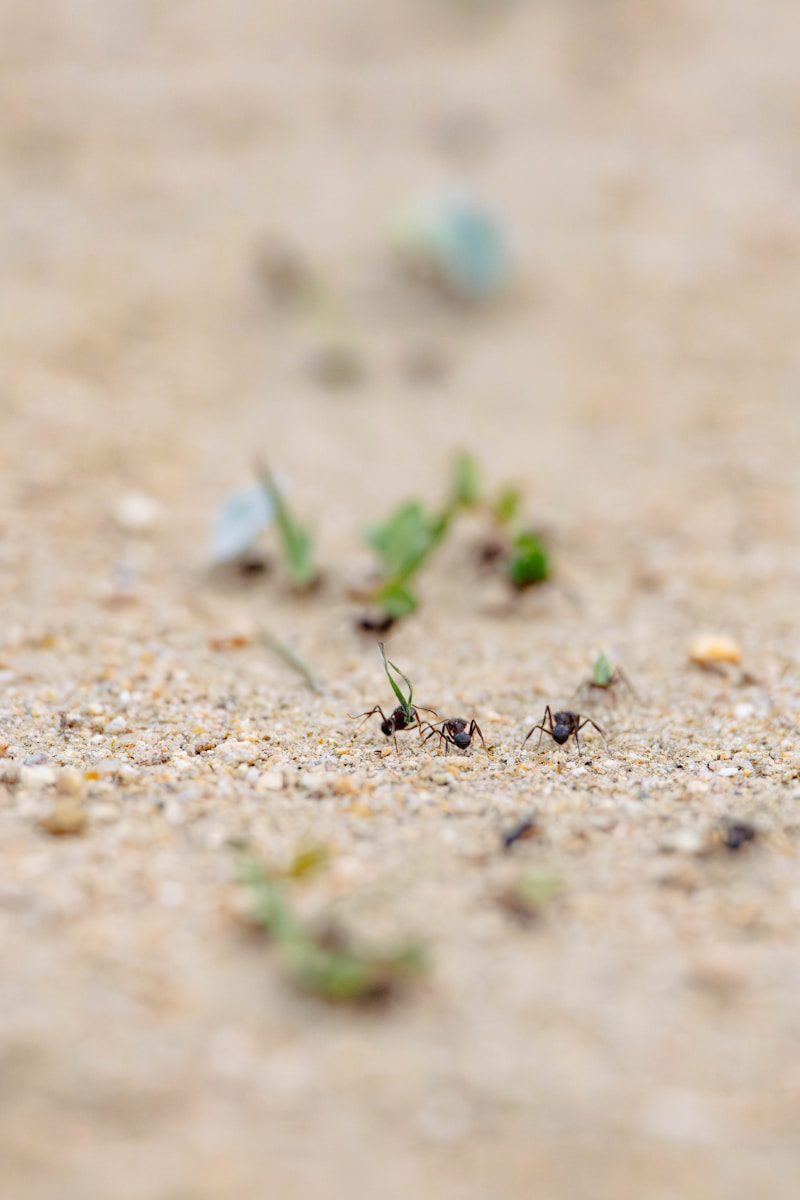
If you have ever stood in the garden with a leaky sprayer or a stubborn connector, you already know how much difference the right size hose fitting can make. Too small and the connection drips. Too large and it will not even attach. The good news is that garden hose fittings are not as confusing as they seem. With a little knowledge, you can pick the right size every time and avoid wasted water and wasted effort.
Garden hose fittings follow a simple system that has stayed steady for decades. Whether you are buying a new sprayer, connecting two hoses, or replacing an old fitting, knowing the right size means no guesswork. In this guide, we will take a deep dive into what size a garden hose fitting really is, why the numbers can seem tricky at first, and how you can use that information to make your outdoor chores smoother.
The Basics of Garden Hose Sizes
Most people are surprised to learn that garden hoses do not come in dozens of sizes. In fact, the majority of hoses in North America use only three common diameters.
Common Hose Diameters
- 5/8 inch hose – The most common size for household use. This size delivers a steady flow of water without being too heavy to handle.
- 3/4 inch hose – A larger size often used on farms, construction sites, or for jobs that require moving a lot of water quickly.
- 1/2 inch hose – A smaller, lighter option that works well for light watering tasks but does not carry as much water volume.
The number you see refers to the inside diameter of the hose. That is the open space inside where water flows. A wider diameter means more water moves through at once. A smaller diameter keeps things light but reduces flow.
Why Diameter Matters
Think of the diameter like the size of a straw. A skinny straw delivers less liquid. A wide straw lets you gulp faster. In the garden, a larger diameter hose is helpful for sprinklers, filling pools, or washing cars. A smaller one is easier for quick hand watering.
Understanding Thread Standards
Hose size is only part of the puzzle. The other piece is the threading at the ends. This is what lets your hose screw onto a faucet, nozzle, or sprinkler.
Garden Hose Thread (GHT)
In the United States and Canada, garden hoses use a special thread called GHT, which stands for Garden Hose Thread. The size is 3/4 inch GHT for almost every standard hose end. That does not mean the hose itself is 3/4 inch wide. Instead, it refers to the thread size used on the fittings.
This is why your 5/8 inch hose and your 1/2 inch hose can both screw into the same spigot. They share the same thread standard at the ends.
Pipe Threads (NPT)
This is where some people get tripped up. Plumbing pipes in your home use NPT, which stands for National Pipe Thread. These look similar to GHT, but they are not the same. If you try to force an NPT part onto your garden hose, it will not seal properly. You will almost always end up with leaks.
The lesson is simple: garden hoses use GHT, not NPT. If you are buying adapters or specialty fittings, always check for that label.
Male vs Female Fittings
Once you know the diameter and thread, the next step is understanding the style of fitting.
- Male fitting – Threads are on the outside.
- Female fitting – Threads are on the inside.
Most hoses have one female end and one male end. The female end connects to the water spigot. The male end connects to nozzles, sprinklers, or another hose. This simple system allows hoses and tools to be linked together in many ways.
Choosing the Right Fitting for the Job
Now that we have the basics, let’s connect it to real-life garden work.
Everyday Watering
For most homeowners, a 5/8 inch hose with 3/4 inch GHT fittings is the standard. It is the size you see at hardware stores and garden centers. This size balances water flow with easy handling. It works with hand sprayers, sprinklers, and hose-end feeders.
Heavy-Duty Jobs
If you are running multiple sprinklers, filling large troughs, or washing vehicles with high water pressure, a 3/4 inch hose is a better choice. The fittings are still 3/4 inch GHT, but the wider hose diameter carries more water at once. It is heavier, but it saves time when moving big volumes.
Light Tasks
If you want something easy to drag around for watering pots or rinsing tools, a 1/2 inch hose is enough. The fittings still match standard GHT, so you can use the same nozzles. Just remember that the smaller hose will not power large sprinklers very well.
Special Adapters and Connectors
Sometimes, you need more than just a hose and a sprayer. Adapters expand what your hose can do.
- Quick-connect systems – These let you snap attachments on and off without screwing them in each time.
- Splitters – Also called “Y” connectors, these let you run two hoses from one spigot. Each side usually has its own shutoff valve.
- Thread adapters – These allow you to connect garden hoses to plumbing lines or other specialty equipment. When buying, be sure to check that you are converting between NPT and GHT correctly.
Using the right connector means less stress and fewer leaks.
Why the Standard Works
You may wonder why most hoses, no matter the diameter, use the same 3/4 inch GHT fittings. The answer is simple: convenience. This standard means that almost any hose, sprayer, or sprinkler can work together. You can mix and match brands without worry.
Imagine if every company made different fittings. You would need special adapters just to water your lawn. Instead, the standard keeps things simple and saves all of us frustration.
Tips to Avoid Common Problems
Even with the right size, mistakes can happen. Here are a few quick tips to keep your fittings in good shape.
- Use washers – Every female fitting should have a rubber washer inside. Without it, leaks are almost guaranteed.
- Don’t overtighten – A snug fit is enough. Cranking down too hard can crack plastic fittings or strip threads.
- Replace worn parts – If your hose end is bent or threads are worn, you can cut it off and attach a new replacement fitting. These are inexpensive and easy to install.
- Protect from weather – Leaving hoses outside in freezing conditions can cause fittings to split. Coil and store them during winter.
The Clear Answer
So, what size is a garden hose fitting? For almost every home garden, the answer is simple: 3/4 inch GHT threading, usually on a 5/8 inch diameter hose. That is the standard size across North America.
There are smaller and larger hoses available, but the fittings themselves still follow that same 3/4 inch GHT rule. This makes life easier, because it means your nozzles and sprinklers will connect without hassle.
Flowing Forward With Confidence
With this knowledge, we no longer have to guess at the hardware store. We can pick the hose or fitting that matches our needs with full confidence. We know why the 5/8 inch hose is perfect for daily watering. We know when to use a 3/4 inch hose for heavy flow. And we understand why everything connects back to the 3/4 inch GHT thread.
In other words, the puzzle pieces are clear now. When we choose wisely, our garden chores become smoother, our connections tighter, and our watering more efficient. And instead of wrestling with leaks or mismatched parts, we get to enjoy the simple rhythm of water flowing just where we want it—steady, reliable, and ready for every bloom.









